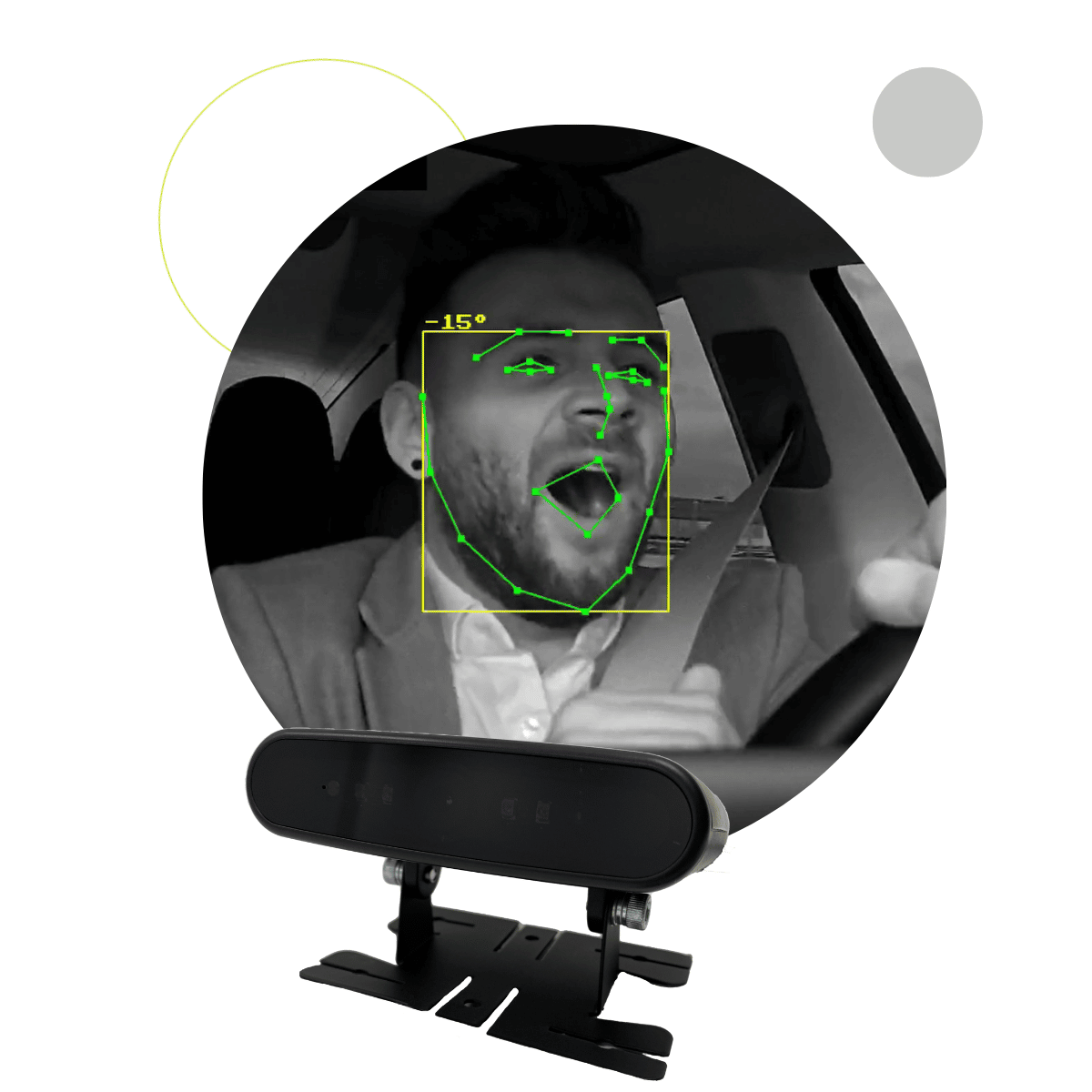
Tips for Driving Safely in Summer
Driving in the summer months brings about a host of challenges for drivers. Whether it's the heat making mechanical failures more likely, the increased risk of tiredness, or reduced visibility from the sun's glare, a number of factors impede a driver's ability to drive as safely as they usually would.
As hot weather is not particularly frequent in the UK, people who drive for work might find it tricky to know how to navigate these conditions. This is why we've suggested some tips and advice to help the drivers in your fleet avoid accidents and breakdowns during warm weather.
Check tyre pressure before setting off
-
As the weather gets warmer, the air around us starts to expand, and the same can be said for the air inside of tyres. Dark asphalt on the road surface absorbs heat and can lead to roads being softened.
-
This increase in road temperatures causes the pressure inside a tyre to grow which poses extreme risks. If a tyre suddenly loses all of its pressure and is destroyed within a second, otherwise known as a tyre blowout, this would lead to the vehicle leaning heavily to one side or from side to side depending on the tyre, and a driver would lose control of the vehicle. This is even more dangerous when a van or HGV is involved.
-
Not only can heat cause a tyre to burst, but in combination with poor road conditions, it can also worsen existing damage to tyres.
-
This is why it’s essential to make sure you check the pressure inside your tyres stays within a safe limit to avoid causing any dangers to the driver or other road users. The UK’s minimum legal tread depth is 1.6mm however it’s a good idea to aim for slightly higher than this to give extra leeway during the summer months.

Avoid driving while tired
Driving long hours for work can be extremely tiring with workers often suffering from fatigue while they’re out on the roads. Regardless of the season, this is an extremely dangerous driving behaviour as 10-20% of all crashes are estimated to have fatigue as a contributory factor.
-
However, this tiredness is exacerbated in the summer months as our bodies are working hard to keep us cool, which in turn makes us feel sleepy as a result of the energy being used.
-
Exhaustion is a common result of high temperatures so if a driver is showing signs of this such as head dropping, struggling to concentrate, eyes going out of focus or rolling, forgetting the previous minutes of driving, yawning, or heavy eyelids, they must pull over at a safe place and stop driving.
-
AI technology can be a great aid in making drivers aware of when they’re tired which helps to prevent fatigue-related crashes. VUE’s Driver Distraction AI is an intelligent product which ‘sees’ the driver, monitoring the driver’s behaviour in real-time to look for signs of fatigue and instances of distractions such as smoking and using a mobile phone.
-
The device sounds audible alerts to the driver and helps to stop accidents before they happen. It’s a good idea for fleet managers to consider the potential of installing innovative technology within their vehicles, particularly in the summer months when tiredness is a huge risk factor.
Conduct walkaround vehicle checks
-
Walkaround vehicle checks are an essential part of driving and should be conducted before every shift to make sure the van or HGV is safe enough to be on the roads. Driving all year round can put strain on a vehicle but hot weather can heighten this, and when paired with difficult road conditions, this makes it even more important to ensure a vehicle is in the best shape possible to avoid breakdowns or crashes due to mechanical defects.
-
As mentioned previously, drivers need to check the pressure of their tyres is within a safe limit to avoid a blowout. They should assess their condition, look for any cuts or bulges, and change the tyre if necessary.
-
They should also check if:
• Brake fluid, engine coolant, engine oil, power steering fluid, windscreen washer fluid, and water levels are correct
• Battery is in place and not leaking
• Washers and wipers are working and not damaged
• Lights and indicators work correctly
• Foot brake and hand brake are operating as usual
-
Although not a part of the vehicle’s mechanics, it’s important to make sure a driver has access to all the supplies they need while out on the road including iced water to keep them cool, and a pair of sunglasses to maintain a good view while driving.
-
>> Take a look at our blog to find out what else you should provide in a company vehicle.

Minimise glare from the sun
-
Needless to say, having a clear vision of the road ahead is a vital part of driving safely. When the sun is shining through a window, this can make seeing the road ahead near enough impossible at times.
-
However, some steps can be taken to minimise the effects of driving with a sun glare such as ensuring the windscreen is kept clean and windscreen wipers are not damaged as dirt can reduce visibility even further, wearing polarised glasses to reduce the effects of light without completely darkening a driver’s surroundings, and increasing the distance between a driver and the vehicles around them.
-
Slowing down is also key to driving safely when being dazzled by the sun as this enables the driver to have more time to react to any situations occurring on the road. Just as a driver would be more cautious when the roads are wet or icy, it’s also important for them to take the same careful approach when driving in the heat.
Want to find out how to improve your fleet safety this summer?
Contact us today


